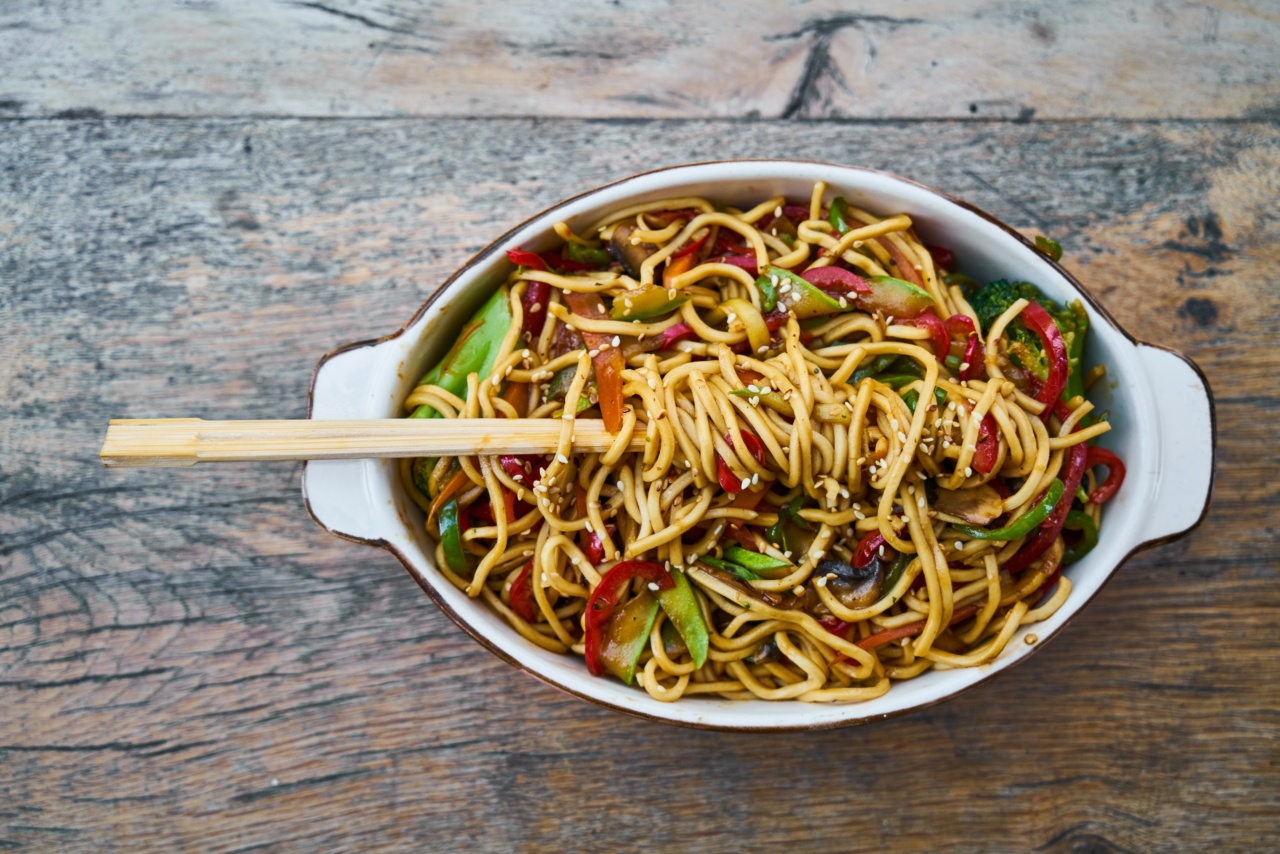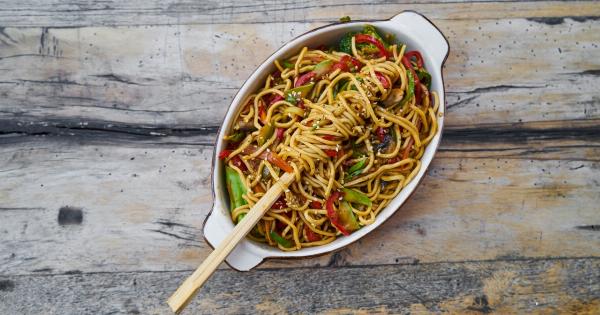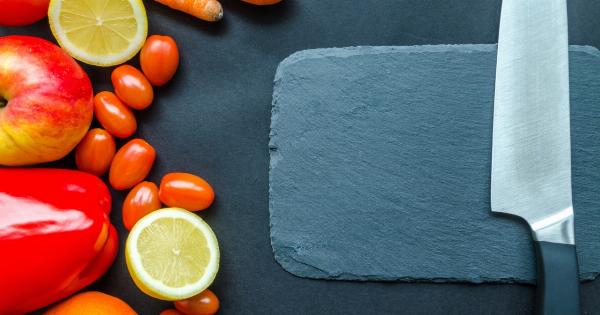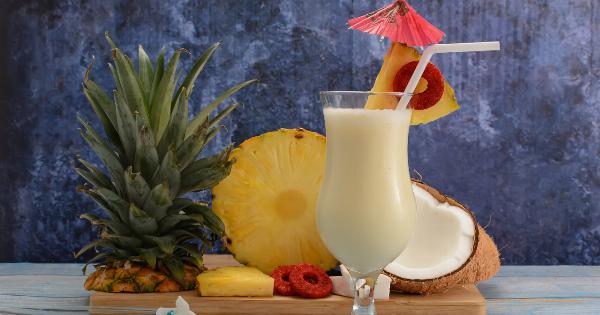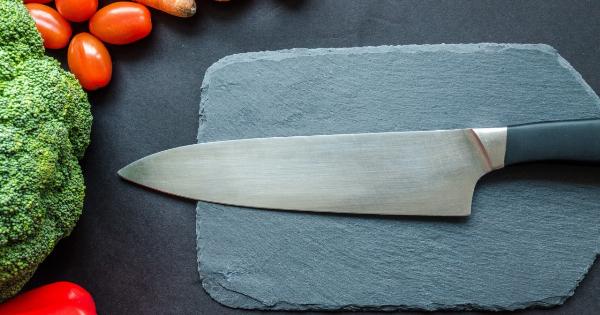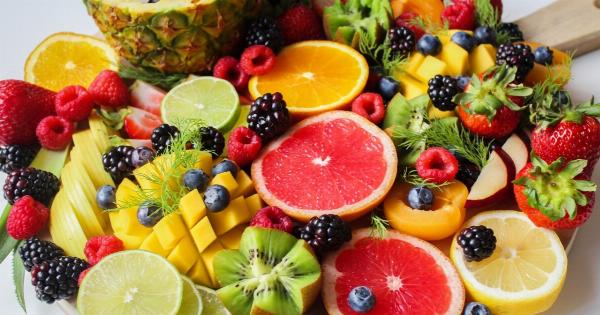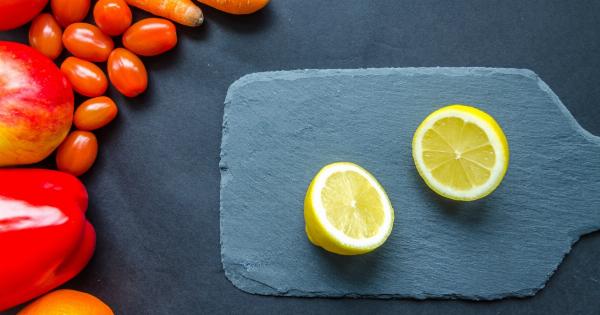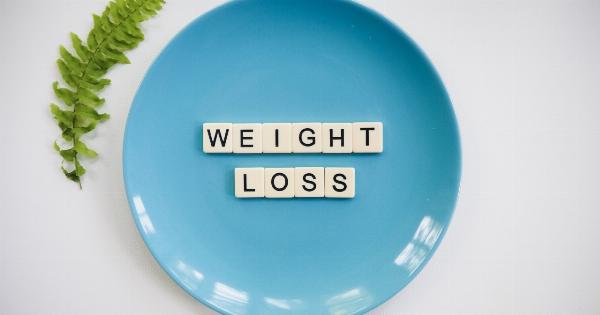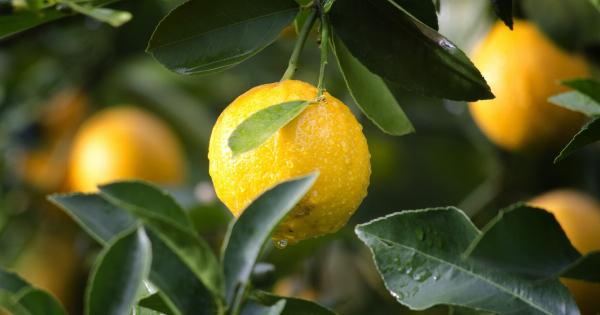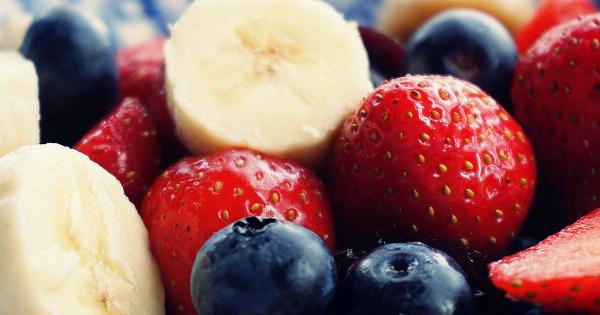When it comes to cooking vegetables, two commonly used methods are steaming and boiling.
Both techniques have their own advantages and disadvantages, but one question that often arises is which is the best cooking method for preserving nutrients in vegetables. In this article, we will explore the differences between steaming and boiling, and analyze their effects on the nutritional content of vegetables.
Steaming Vegetables
Steaming is a gentle cooking method that involves exposing vegetables to steam while they are suspended above boiling water. This cooking technique helps retain the color, texture, and flavor of vegetables, while also preserving their nutrient content.
One of the primary benefits of steaming vegetables is that it requires minimal water, which means that fewer water-soluble nutrients leach out of the vegetables and get lost in the cooking process.
Steaming also helps vegetables retain their shape, as they do not come into direct contact with the boiling water.
Furthermore, steaming allows for shorter cooking times compared to boiling. This is particularly important in preserving heat-sensitive nutrients such as vitamin C and folate, which can easily be degraded by prolonged exposure to heat.
Boiling Vegetables
Boiling vegetables involves submerging them in a pot of boiling water until they are fully cooked. While boiling is a common and convenient method for cooking vegetables, it may have some drawbacks when it comes to nutrient preservation.
One of the main concerns with boiling vegetables is the leaching of water-soluble vitamins and minerals into the cooking water. As vegetables cook, some of their nutrients dissolve and transfer to the surrounding water.
While this nutrient-rich water can be used in other dishes such as soups or stocks, the loss of nutrients from the vegetables themselves can be substantial.
Another potential downside of boiling is that the extended exposure to high temperatures can cause the breakdown of certain heat-sensitive vitamins and antioxidants.
Vitamin C, for example, can be easily destroyed by heat, leading to a significant loss of this important nutrient in boiled vegetables.
Comparing Nutrient Retention
Several studies have been conducted to compare the nutrient retention in vegetables cooked by steaming versus boiling. Let’s take a closer look at some of the key findings:.
Vitamin C: Steaming has been found to be superior to boiling in terms of preserving vitamin C content in vegetables.
One study showed that broccoli cooked by boiling lost up to 22% of its vitamin C, while steamed broccoli retained nearly all of its vitamin C content.
Vitamin B: Another study found that boiling caused a significant loss of B vitamins in vegetables, particularly folate. Steaming, on the other hand, was able to preserve the majority of these essential vitamins.
Antioxidants: Antioxidants play a crucial role in protecting the body against oxidative stress and cell damage.
Research has shown that steaming helps retain higher levels of antioxidants, such as carotenoids and polyphenols, compared to boiling.
Minerals: While both steaming and boiling can lead to some mineral loss, the extent may vary depending on the vegetable and cooking time. Overall, steaming tends to have a lesser impact on mineral retention compared to boiling.
Other Considerations
While nutrient retention is an important factor to consider in cooking vegetables, it’s also essential to consider other aspects such as taste, texture, and convenience.
Steamed vegetables tend to retain their natural crunchiness and vibrant color, making them visually appealing and enjoyable to eat. Boiled vegetables, on the other hand, may become softer and lose some of their color intensity.
Some people prefer the softer texture of boiled vegetables, while others prefer the firmer texture of steamed ones.
In terms of convenience, boiling is typically quicker than steaming, especially for vegetables that require longer cooking times. Boiling can also help soften vegetables that are tougher or have a higher initial density.
Steaming, however, may require additional equipment such as a steamer basket or electric steamer, which might not be available in all kitchens.
Conclusion
Both steaming and boiling have their own advantages and disadvantages when it comes to cooking vegetables.
While steaming is generally considered to be the better method for preserving nutrient content, boiling can still be a suitable option for certain vegetables or specific culinary preferences.
Regardless of the cooking method chosen, it is essential to minimize the cooking time and avoid excessive heat exposure to maximize nutrient retention.
Adding vegetables to boiling water or steaming them until they are just tender can help strike a balance between preserving nutrients and achieving desired taste and texture.
